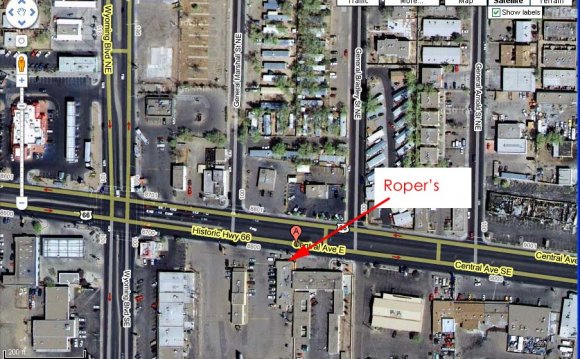
The Deep Space Climate Observatory, the spacecraft to which the pictures were credited, is located at the L1 Lagrangian Point, a fancy name for the point in space nearly a million miles away where the gravitational pull of the sun and of the Earth essentially cancel out. But that would mean the sun was directly behind the spacecraft, and the shadow of the moon should have crossed Earth as it passed in front.
But there's no shadow — and such lighting incongruities are usually the smoking gun of manipulated images.
NASA, of course, explains otherwise.
The spacecraft, called Dscovr for short, is not exactly at L1, but instead circles around it. (That makes sense, because there are four spacecraft at L1, and one would not want them to smash into one another.)
Adam Szabo, the NASA scientist in charge of Dscovr's Earth-facing camera, said via email, "As the small sliver of shadow at the right edge of the moon shows, Dscovr is about 5 degrees away from the sun-Earth line. Thus, when the moon is between Dscovr and Earth, it is not exactly between the sun and Earth, so no eclipse."
But imagine the amazing images Dscovr will capture during the next partial solar eclipse, on Sept. 13, and total solar eclipse, on March 9 next year.
(NASA explains that the mismatched colors are because of the movement of the moon. Each color image is a composite of three black-and-white pictures taken through three different color filters about 30 seconds apart, which is why you see a thin arc of green at the right side of the moon.)
By the way, the side of the moon seen in the animation is the far side, not the dark side. It is facing the sun, so therefore it would be bright — daytime, just like on the surface of the Earth. Just as on Earth, half of the moon is always in darkness — nighttime, in other words — but the far side is not continually dark.
Update: According to the NASA team, the partial solar eclipse on Sept. 13 will probably not provide much to see from Dscovr's position. "The moon will be completely outside the camera’s field of view, " Stephen Cole, a NASA spokesman, said via email.
But the March 2016 total eclipse could be a cool sight indeed. "That’s iffy at this point because the spacecraft orbital dynamics are still getting settled, " Mr. Cole said. "But if orbital mechanics work out just right, EPIC" — as NASA calls the Earth Polychromatic Imaging Camera aboard the spacecraft — "could capture the moon’s round shadow moving across the equator. The moon itself may also be in the field of view."
INTERESTING VIDEO












